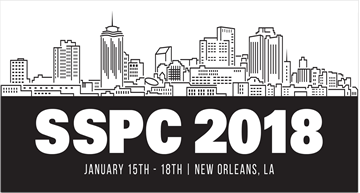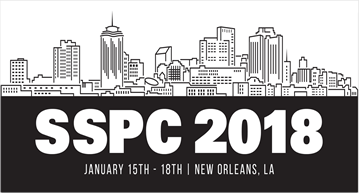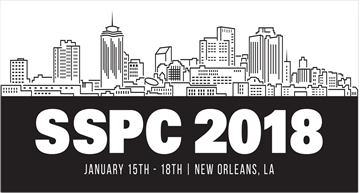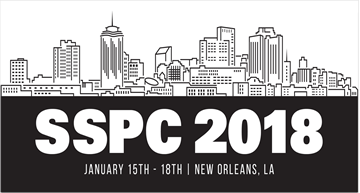Search
Products tagged with 'coatings'
View as
Sort by
Display
per page
Using Dehumidification to Dry a Concrete Slab Prior to Coating
Product Number:
41206-222-SG
Publication Date:
2006
$20.00
UV-Curable Organic Coating for Corrosion Protection of Inner Surfaces of Pipelines
Product Number:
51324-21025-SG
Publication Date:
2024
$40.00
Very High Solid Acrylic Polyol Technology for low VOC 2K Direct To Metal (DTM) Coatings
Product Number:
51220-228-SG
Publication Date:
2020
$20.00
Visual Determination of Film Thickness via Real-Time Enhanced Digital Imaging
Product Number:
51218-147-SG
Publication Date:
2018
$20.00
VOC Content: Regulating Beyond What Can Be Measured?
Product Number:
41214-843-SG
Publication Date:
2014
$20.00
WATCHING PAINT DRY: IT IS NOT AS SIMPLE AS IT SOUNDS
Product Number:
51218-112-SG
Publication Date:
2018
$20.00
Waterborne Alkyds - Combining Oil and Water to Reduce VOC and Solve Coating Performance Challenges
Product Number:
51217-023-SG
Publication Date:
2017
$20.00
Waterborne Coatings for Water and Wastewater Treatment Plants
Product Number:
41205-174-SG
Publication Date:
2005
$20.00
Waterborne Functional Coatings: Combatting Noise, Heat and Air Pollution
Product Number:
41216-998-SG
Publication Date:
2016
$20.00
Waterproofing Concrete; A Guide to Using Water Repellent Sealers and Thick Film Barrier Coatings
Product Number:
41206-248-SG
Publication Date:
2006
$20.00












